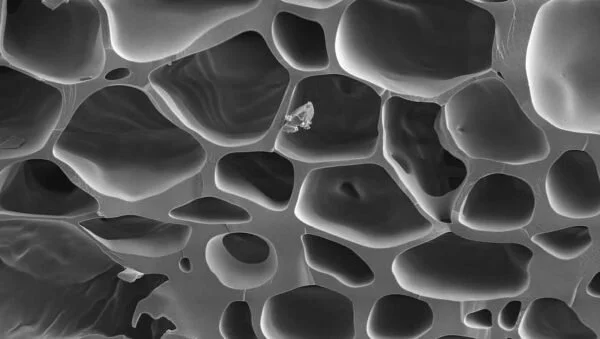Biochar is a charcoal created when biomass, such as wood, crop residue and manure, is put into a high heat environment without oxygen. When this process, called pyrolysis, is conducted in a contained environment, biochar is created and is able to retain around 50% of the carbon from the initial biomass. This means that the carbon is now sequestered in the biochar, and can stay that way for thousands of years. Overall, that means that biochar is reducing the total atmospheric carbon dioxide because it is removing carbon from the active carbon cycle. The image to the right illustrates the process of the creation of biochar in a furnace.
Sam Urban, an AmeriCorps member with the Fish and Wildlife Service, is pictured here tilling biochar into the pollinator garden at Glendale Park.
In addition to sequestering carbon, this charcoal also has the capacity to save landowners money, water and time. First, due to its porous nature, biochar has an extremely high surface area, which means that it can hold significantly more water than regular soil or compost. Therefore soil with added biochar will require less water, less frequently. The high porosity also means that biochar can prevent nutrient runoff, including nitrate and phosphorus, by holding onto them like a sponge.
Biochar infographic sourced from the International Biochar Initiative.
AFNHA has partnered with the WVU MasBio project to provide free biochar to those interested in utilizing it in their gardens in the Appalachian Forest National Heritage Area! If you would like to receive a free sample of biochar, email us at pollinator@afnha.org.
Sources:
The International Biochar Initiative
Author: Dayla Woller





